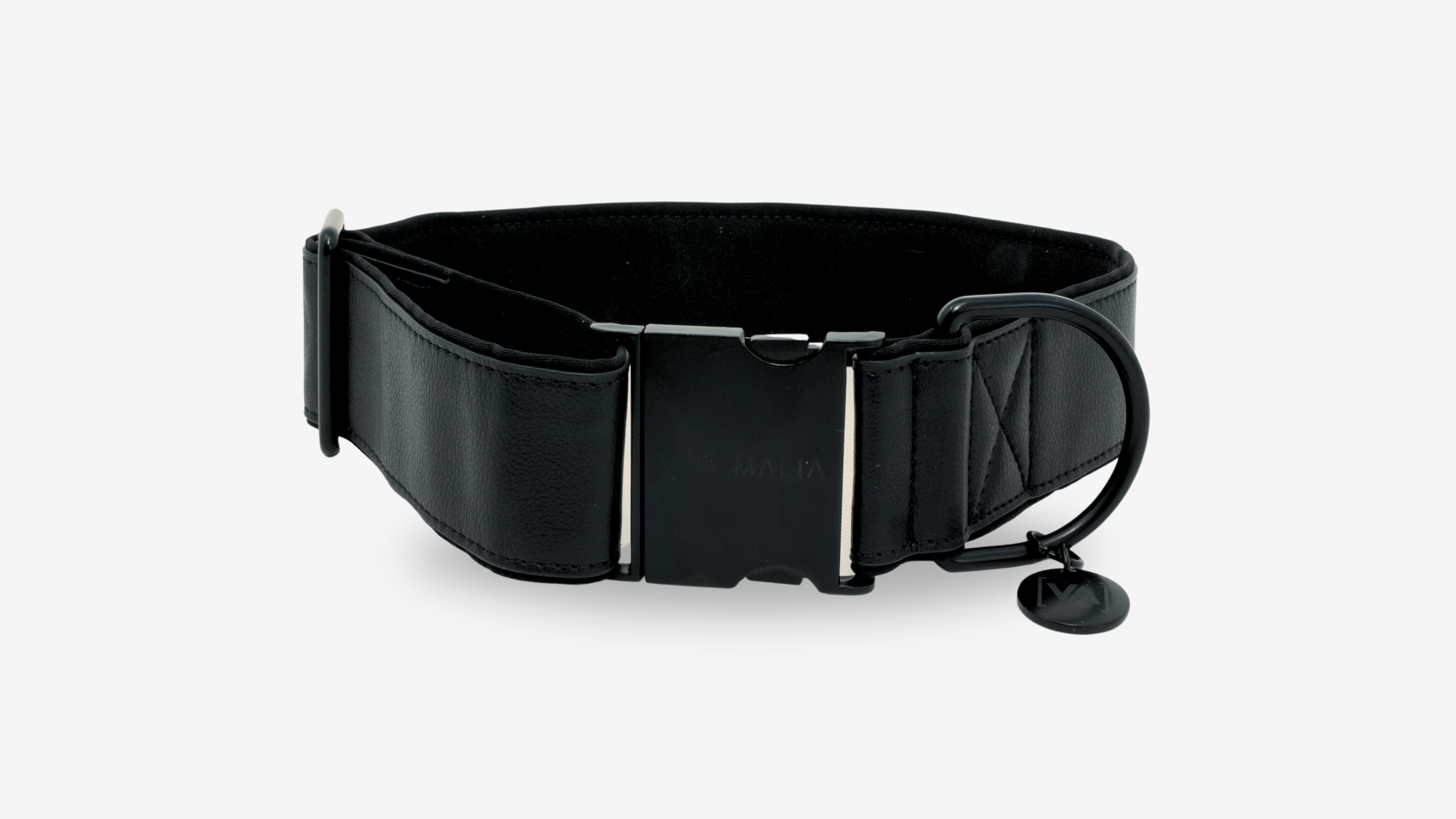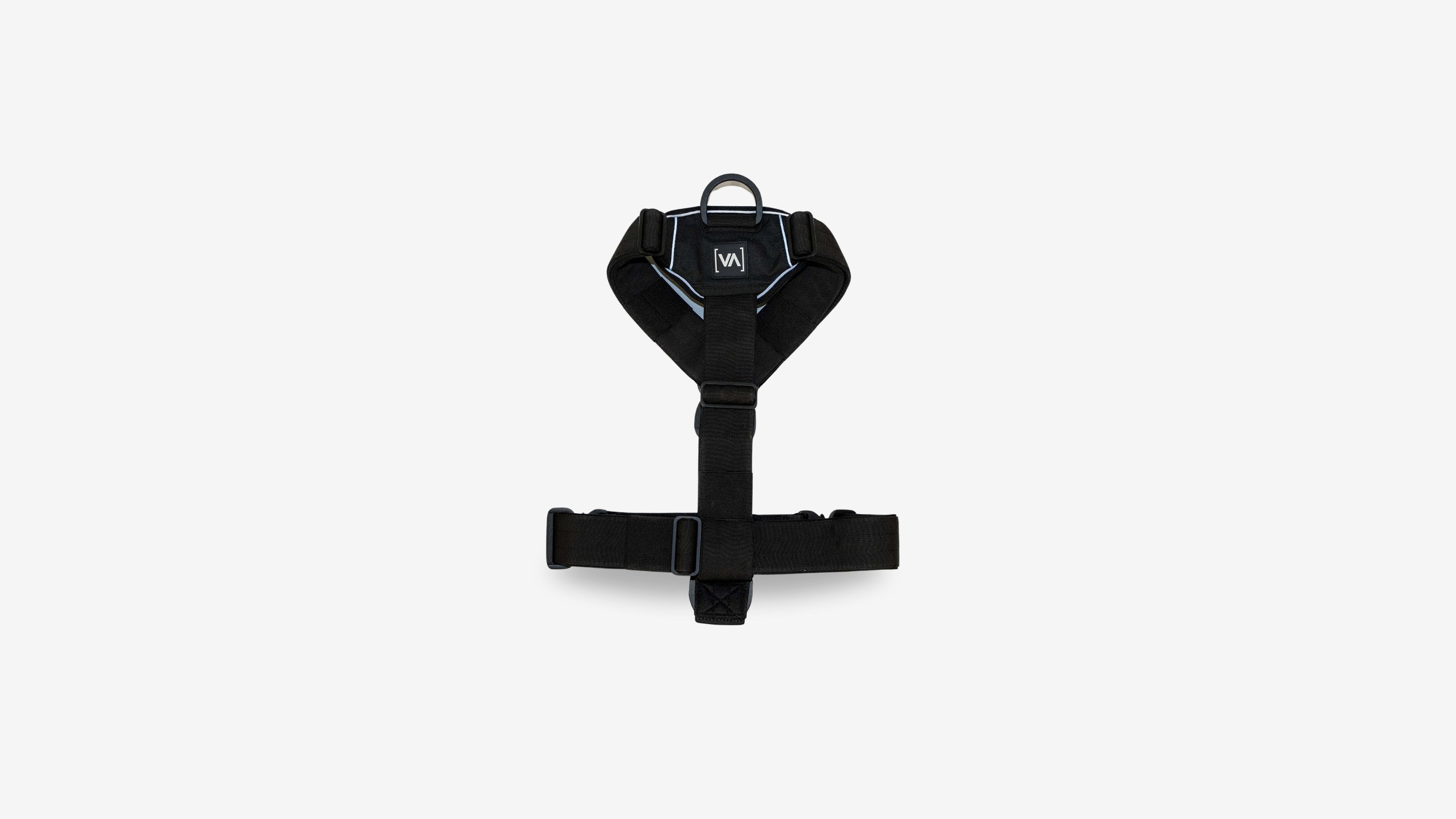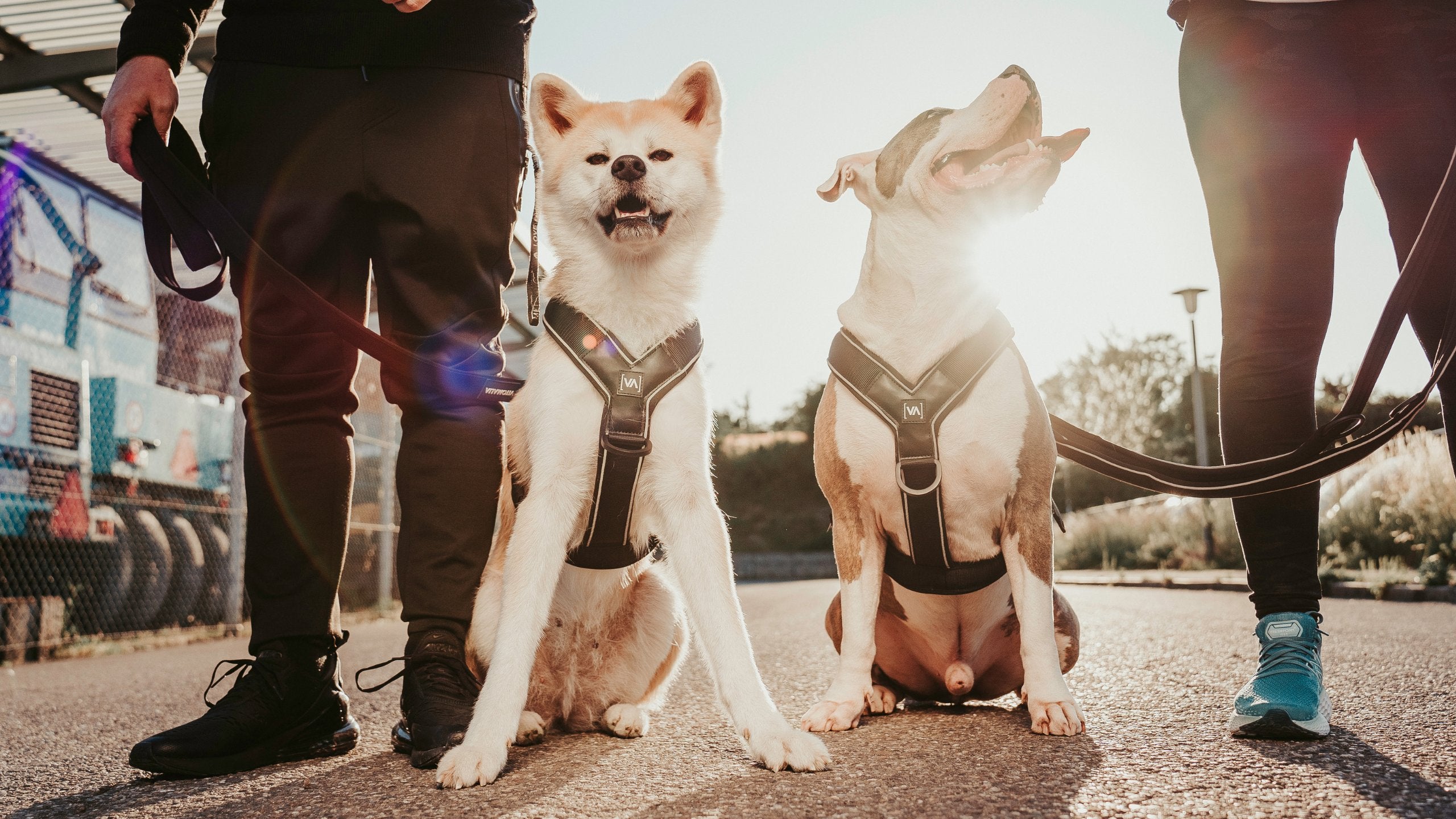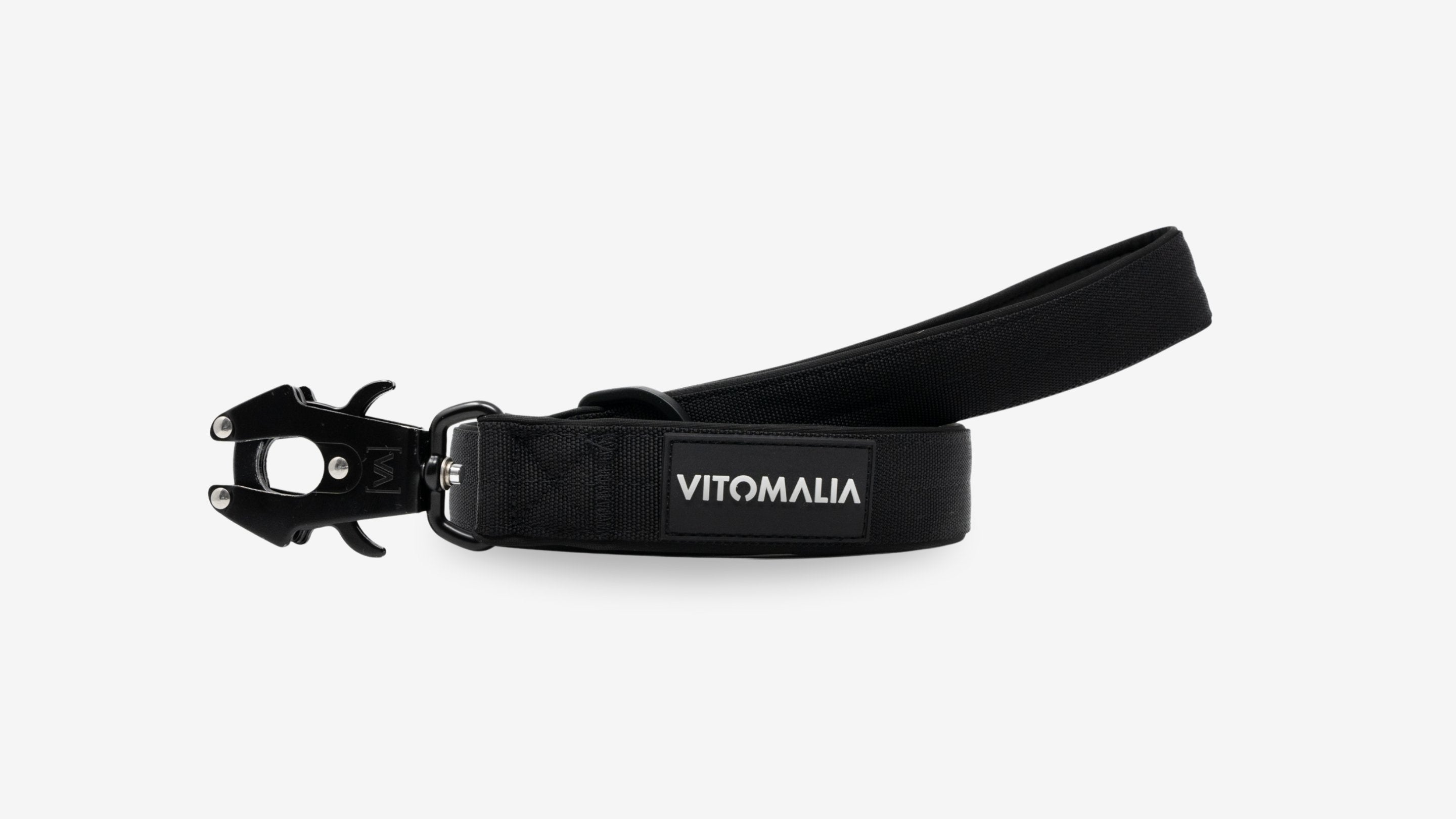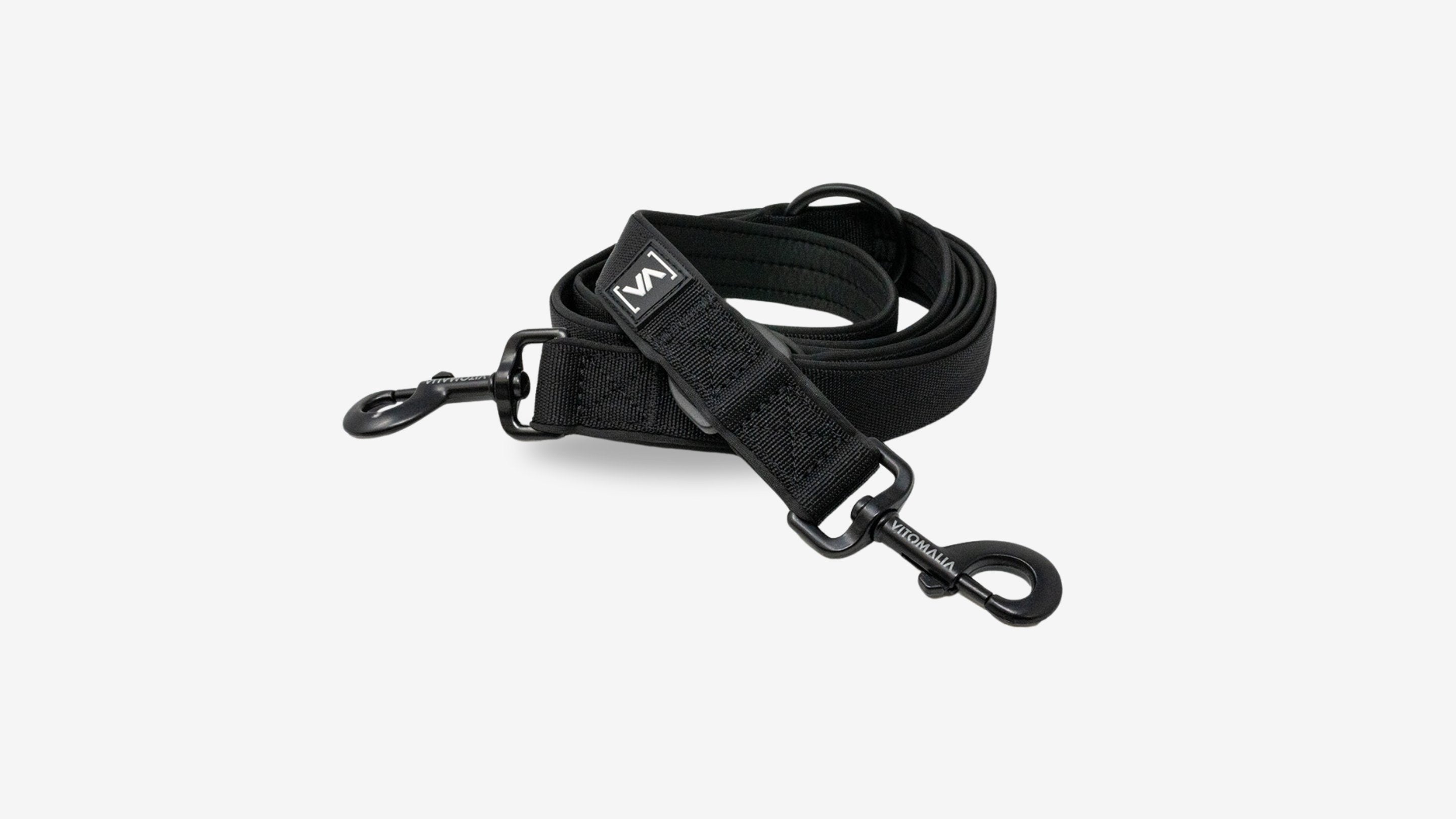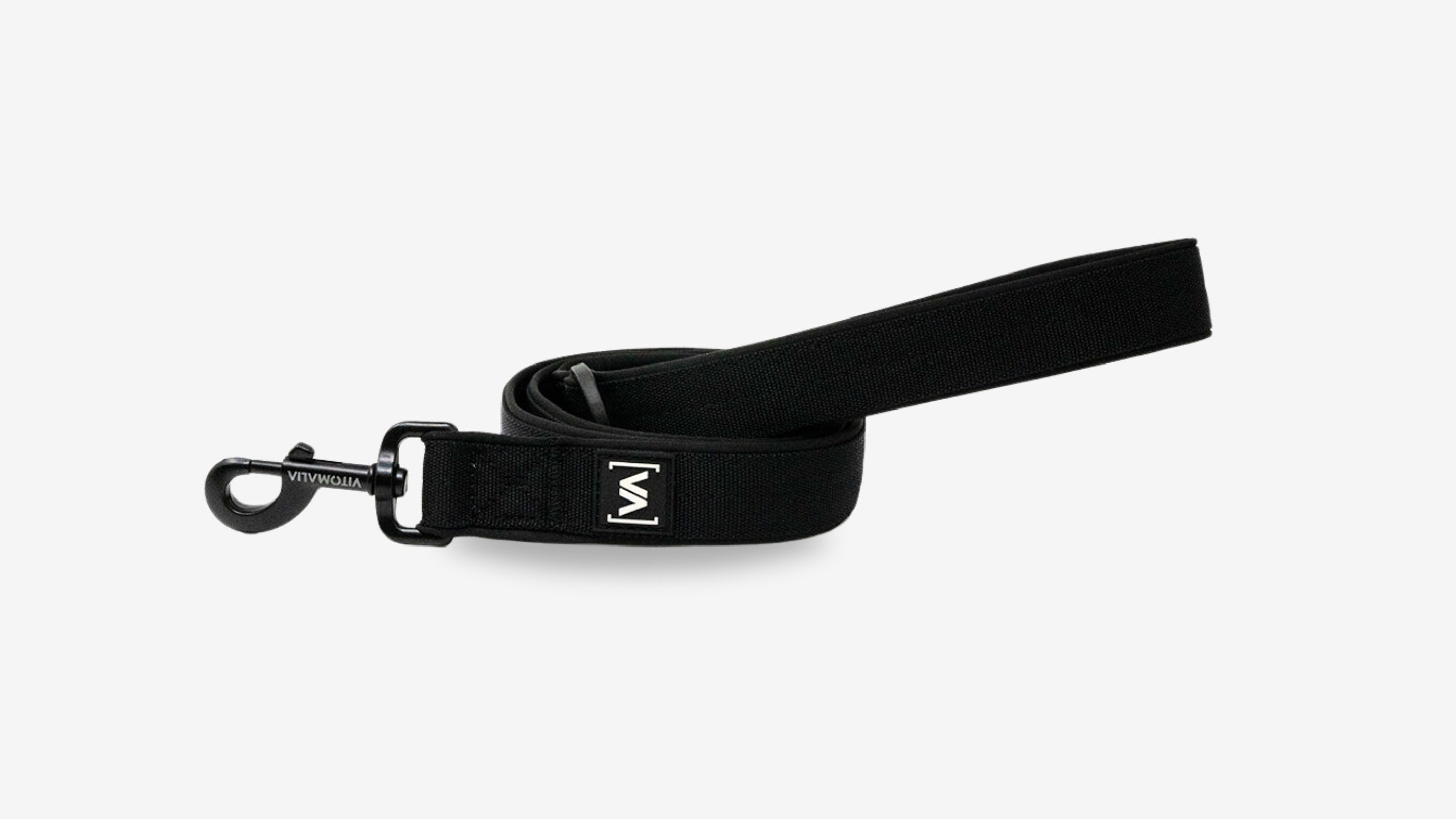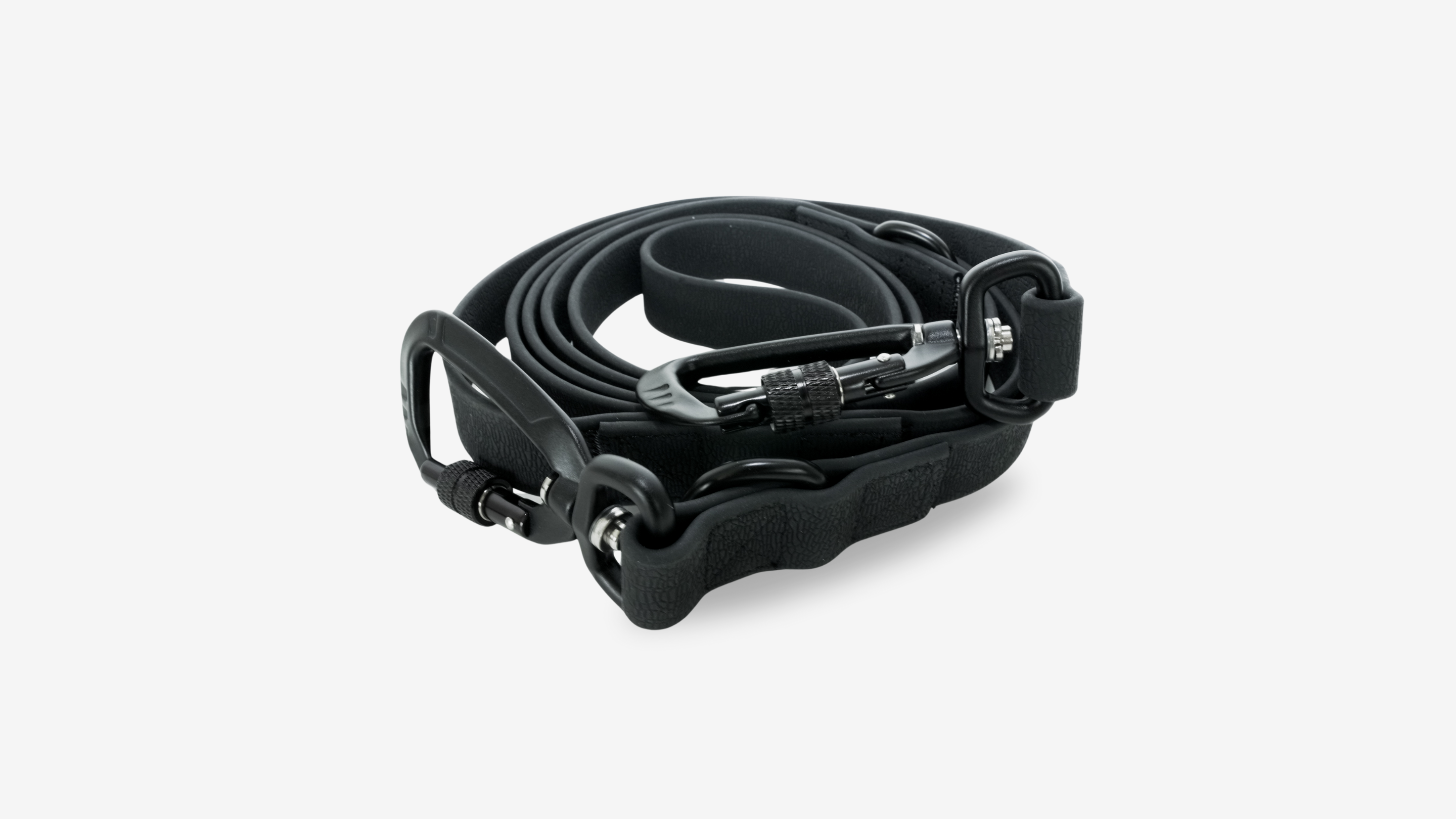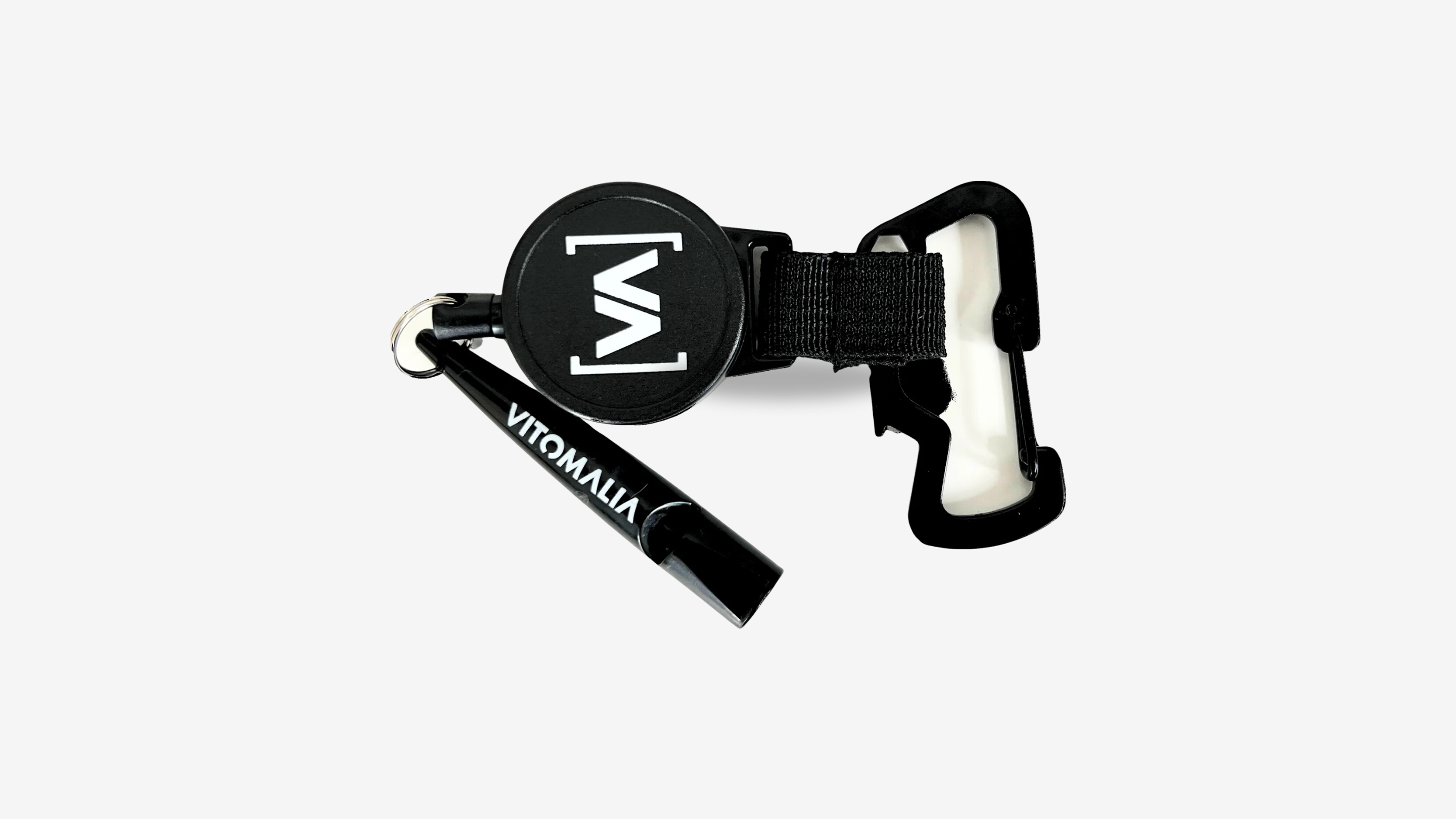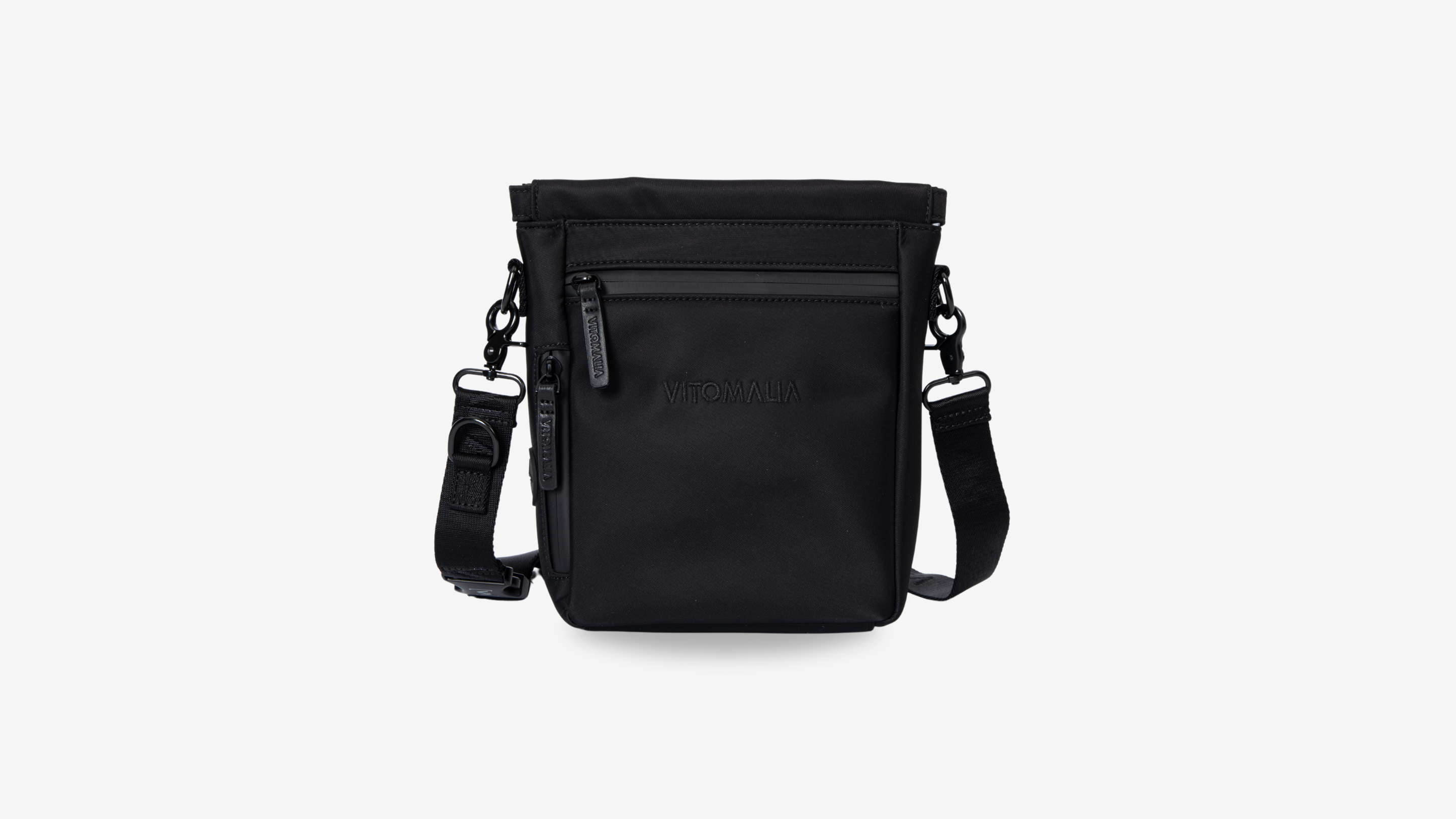Dog can't relax: How much rest and activity does my dog need? [Part 1]
This expert blog contains product recommendations from @Hunreys. With the discount code "VITOMALIA10" you save 10% on your purchase.
How much rest does a dog need?
A dog's need for rest
Our dogs' need for rest is greater than most dog people would estimate. A dog is physically easily able to carry out everyday life with us humans. From a biological point of view, a dog needs significantly more rest than humans. An adult and healthy dog needs around 16-20 hours to doze and sleep. Puppies or old dogs need more than 16-20 hours of rest. If a dog cannot calm down on its own, it needs the help of a person to instruct it to calm down. Some dogs, on the other hand, find peace on their own. This can be because the dog learned it from the start, or because his personality and character favor it. The reasons why your dog doesn't calm down can be different. Body structure also influences stress resilience. You can find out more about the body structure and the ability to self-regulate in the explanation of terms Impulse control. The more people integrate dogs into their everyday lives, the more there is a need to teach and learn to be calm.
The dog's desire to keep busy
After the overloaded children, the phenomenon of excessive demands is now gradually occurring in the dog world. Agility courses, mantrailing and various workshops are intended to keep the dog busy. The dog also accompanies us on visits, to the restaurant and to the weekly market. Where is the necessary time to switch off and really relax?
Well-intentioned utilization, poorly implementedUnknowingly, as dog people, we can encourage restless behavior in our dogs. Excessive exercise or thoughtless games that rely on movement without the brain promote restlessness and prevent the dog from calming down. Stupid ball games without a concept encourage, among other things, ball junkies who rush like mad after a ball.
Too much and too little exercise can cause the same symptoms of restlessness in your dog. If your dog doesn't calm down, it could be due to too much exercise or too little exercise. In addition to the dog's lack of exercise, incorrect activity can cause your dog to go crazy. Finding a healthy amount of exercise and activity for your dog is not always easy. In order to teach your dog to calm down and at the same time keep him busy, you can use exercises impulse control or resort to concentration exercises. We already have it for you impulse control training for Beginner, advanced and professionals compiled.
The thought often floats around in dog people's heads that a dog that is well exercised hears better. It is understandable that exercise and activity with your dog is necessary and that boredom causes some problem behavior in dogs. However, the reason for employment should not be to exhaust yourself, but rather a healthy amount of stimuli, impressions, exercise and opportunities to rest. Elevated cortisol levels make dogs want to exercise in order to metabolize the excess cortisol through activity. A vicious circle arises: a stressed dog becomes a hyperactive dog that is stressed. Lack of rest and sleep leads to nervousness, lack of concentration and tension. As a dog person, the dog's behavior makes you think the dog needs more exercise. Incorrect! What a dog like this needs is rest!
Lack of sleep is not only a result of stress, but also the origin of other health problems and problem behavior. As a dog person, it is your job to teach your dog to calm down if your dog doesn't calm down. This not only helps with general behavior and health, but also promotes the processing of training, exercises and experiences.
How do you know that your dog is overexcited by the situation?
- your dog is hardly or not at all responsive
- you are hardly noticed and there is little orientation
- the muscles are tense and the ears alert
- the dog does not lie down and is constantly in motion
- Despite movement, your dog does not come to rest
- your dog shows a lot of yelping, whining, whining, barking, and shaking
- Jumping actions often occur, such as biting the leash, excessive digging, nervous jumping on people, etc.
- your dog shows no signs of tiredness and demands more exercise
- Food is refused
Rest and stress – what happens in the dog’s body?
Sleep and rest have a major influence on our dogs' experience of stress. Stress is not always bad and is, first of all, part of life. Wrapping your dog in cotton wool and protecting him from any kind of stress is impossible and unnecessary. However, what happens when your dog is stressed over a long period of time and is generally very excited can be found out in the blog “Rest and stress – what happens in the dog’s body?”.
Reasons for restlessness in dogsIf we assume that your dog's needs are met, other factors may be the reason why the dog cannot calm down. It should be understandable that lack of sleep and hunger lead to restlessness. Feeling hungry can cause nervousness and reduce impulse control. We have already discussed how nerve nourishment can have a positive influence in our article impulse control mentioned. You can practice calm with your dog, but other conditions play a role for your dog. You can find more information about this in the blog “Causes & reasons for a restless or stressed dog“. These include:
|
 |
Aid in the event of a lack of rest - the dog does not come to rest
In addition to exercises, rest can be supported by various aids. It is important to mention that aids promote rest, but without training they do not bring about effective rest. In our blog you will find effective rest training with free training plans. The tools work on different levels. The effectiveness is different for every dog and must be tested individually for you and your dog.
Music
Music therapy is very common in some areas in humans. Music can promote relaxation in dogs. Results from Lindig et al. (2020) point out that animals (not just dogs) appear less stressed or anxious when listening to classical music. To date, there has been little research examining music and relaxation in connection with animals. Music can provide relief from restlessness in the home environment. In most studies, rest time and duration of barking have been assessed and measured as indicators of stress. Measured by cortisol levels and heart rate, classical music was able to induce calm. In addition to the genre, conditioning and association with experiences and music can also have a good effect. If your dog always lies relaxed next to you while you listen to your favorite music, the positive experience can lead your dog to calm down.
CBD
CBD can be used in a variety of ways for dogs and humans as a natural supplement. Dogs have their own endocannabinoid system, which is why for them CBD can also be supportive. CBD is an active ingredient in the hemp plant, which is obtained from the female plant. Unfortunately, there is not much evidence that CBD has the same positive properties in dogs as it does in humans. However, it is believed that CBD in dogs can help with pain, cramps, anxiety and stress, to support the immune system or against inflammation. But it is important to know that it is used as support and not as a sole problem solver.
If you plan to give your dog CBD, pay attention to the quality and organic farming. There are special CBD manufacturers for dogs. The dosage should be increased slowly. It's best to seek advice from a specialist. We personally use Hunreys oils for our dogs, which you can get 10% cheaper with the discount code “VITOMALIA10”.
herbs and fragrances
Chamomile, lavender and valerian have long been said to have a calming effect - on dogs and humans. The herbs can be given to the dog through food to work internally or as an essential oil through a diffuser. The herbs should be started during a quiet period. Only use high-quality and carefully prepared herbs and essential oils.
RelaxoPet
The RelaxoPet is a device that emits specially tailored sounds for dogs, cats or horses, depending on the device. We were unable to find any evidence or studies confirming the effectiveness of the RelaxoPet. Some dog people have already had good experiences, others didn't notice any difference. However, if we think about conditioned relaxation, you can use the RelaxoPet to condition relaxation without it disturbing people because the sounds are hardly perceptible to people. If you set up the RelaxoPet at home in a quiet environment as a relaxation tone while the dog relaxes, after a while the RelaxoPet can also be used in stressful situations (e.g. when driving) without it bothering you.
Cycles and Adaptile
Zylkène and Adaptil can serve as natural remedies to support relaxation. Both aids promote calm in temporary, stressful situations.
Zylkène is obtained from skimmed milk. The calming effect is due to α-casozepine, which is produced in the intestines of puppies as they digest their mother's milk. The α-casozepine in turn strengthens the effect of the neurotransmitter GABA (gamma-aminobutyric acid). GABA is responsible for all functions that have to do with emotions, including stress. Adult dogs no longer produce α-casozepine, but the effect remains. Zylkène creates the well-known comfortable feeling in adult dogs and supports the dog in being able to react more calmly to stressful situations.
Adaptil is now available in different product forms: as a collar, as tablets, as an atomizer for the socket or as a spray. Adaptil works in the form of pheromones. Pheromones are messenger substances that help dogs get information about each other. A mother dog releases pheromones through her teats, which are intended to give the puppies a feeling of safety and security. Adaptil sends these pheromones into your dog's environment and gives him security. The feeling of security creates relaxation.
Thundershirt and Tellington TTouch body tape
If your dog's restlessness is due to fear, a Thundershirt can help. Thundershirts are tight-fitting t-shirts for your dog that provide even compression on the body so that it has a calming effect. This is related to swaddling babies. The compression is intended to mimic a close touch that conveys security. In contrast to the T-shirt, the Tellington TTouch body band can be used more variably, but requires more practice when “tying”. For both tools, we recommend using them several times before using them in important situations. You will find out for yourself whether and how calming both have a calming effect on your dog by observing your dog. Dogs who find harnesses or other clothing annoying will likely find both the Thundershirt and body straps uncomfortable. The calming effect therefore depends on the individual dog.
You can download the dog stress signs for free by registering for free in the member area.




